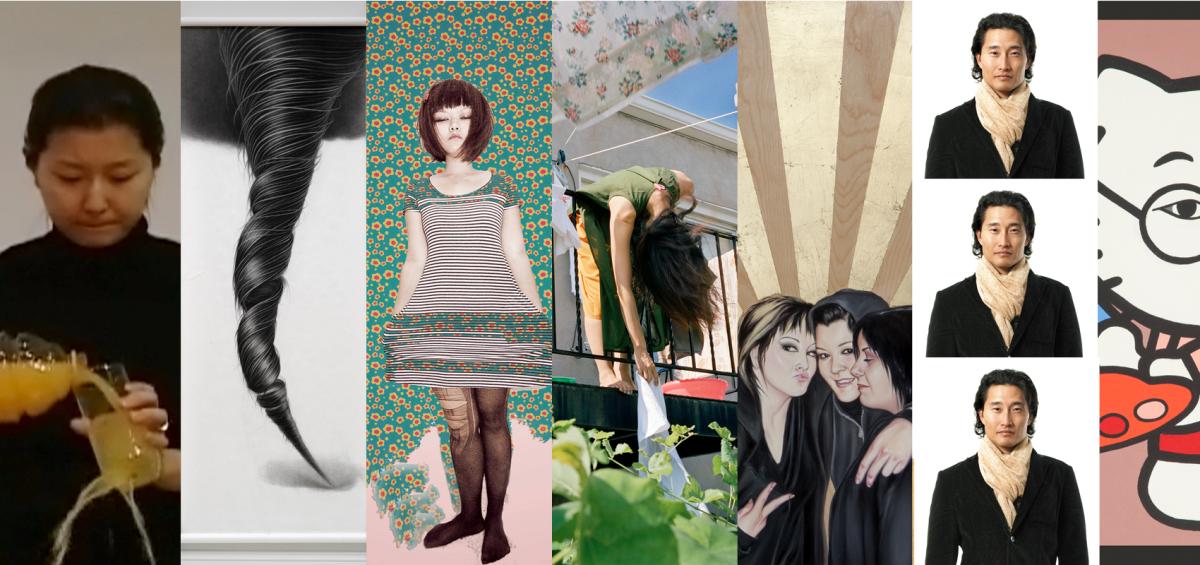Born in Seoul, raised in the United States, and now based principally in Beijing, CYJO (born 1974) is a self-described Kyopo—the Korean term for ethnic Koreans living in other countries. Just one-and-a-half years old when she immigrated with her family to the United States in 1976, CYJO grew up in suburban Maryland and later studied at the University of Maryland and the Fashion Institute of Technology (FIT) in New York. She continued her education in Italy at the Istituto Politecnico Internazionale della Moda before returning to the States, where she earned her degree in fashion design from FIT in 1997.
After working initially as a stylist, CYJO moved behind the camera in 2002 to launch her career as a fine-art photographer. Since that time, her subjects have included a wide range of individuals—from performing artists to politicians—and her photographs have been featured in numerous publications both in the United States and abroad.
Beginning with a single portrait in 2004, CYJO’s KYOPO Project has grown organically as new subjects have encouraged other members of the Kyopo community to pose for her camera and share their stories of identity. The texts that accompany the portraits are derived from interviews that CYJO conducted with the sitters.
THE KYOPO PROJECT—240 PORTRAITS (2011)
CYJO
Digital pigment print. Collection of the artist.























